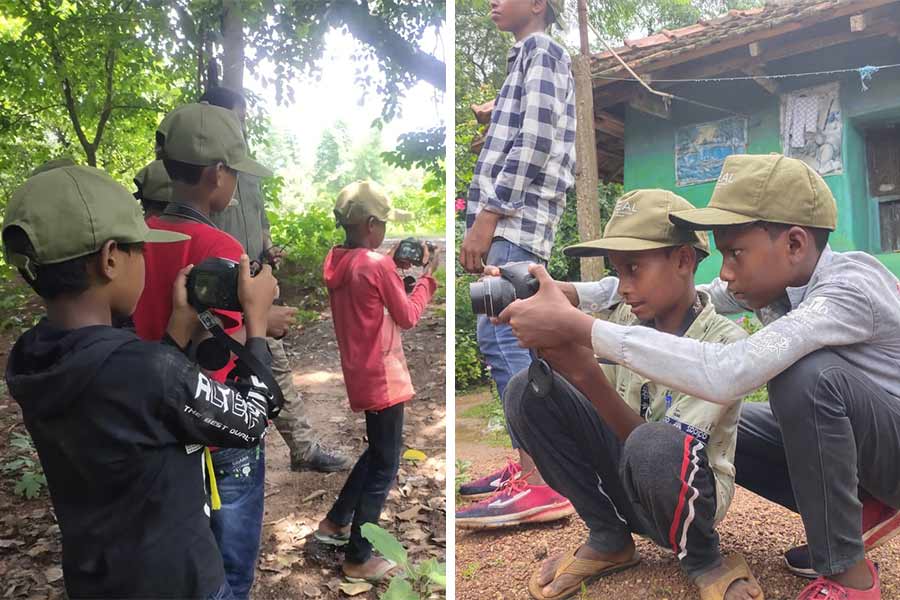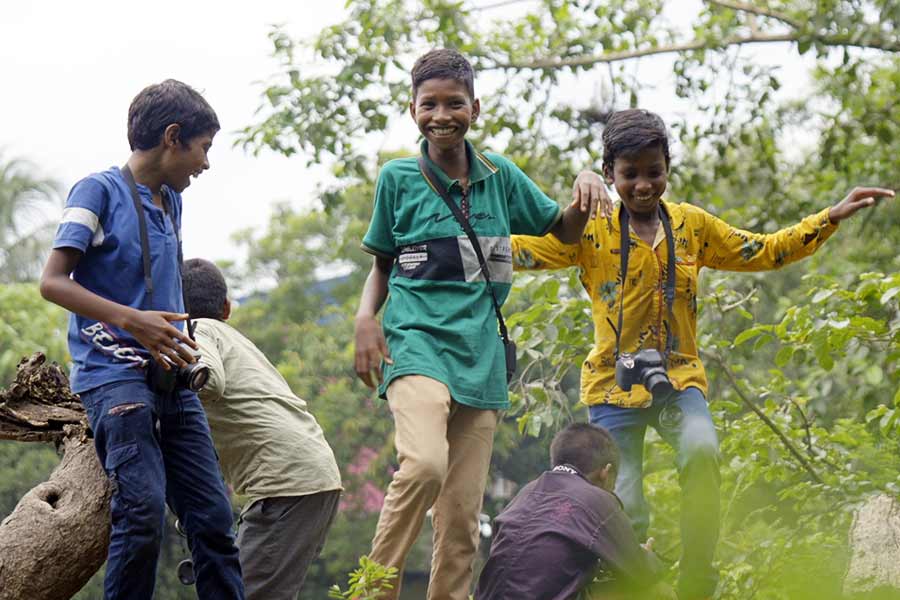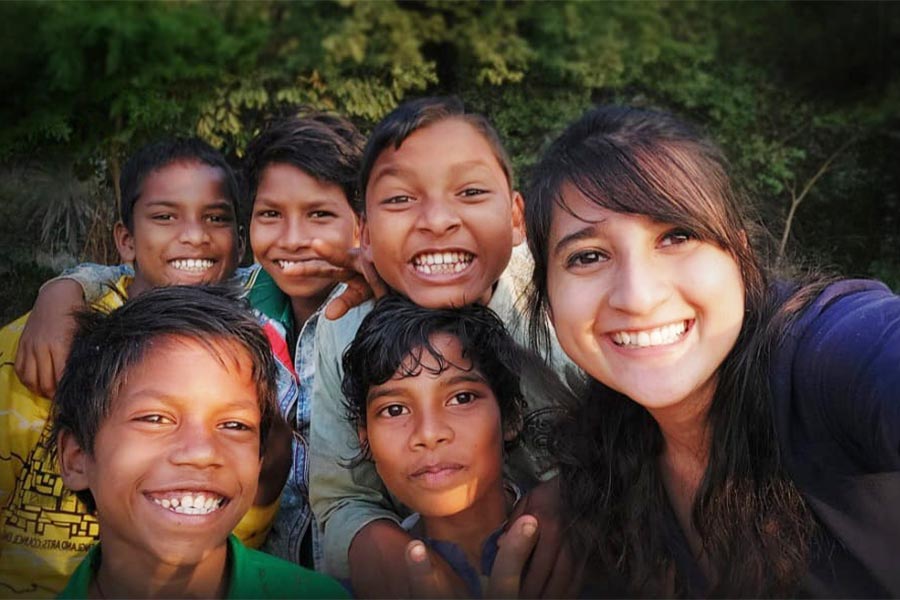What makes a documentary successful? Unlike commercial cinema, usually judged by cold numbers or the vague title of ‘cult status’, a documentary’s success is often measured by the recognition it receives from industry experts as well as its ability to move the needle on an important issue. Kolkata girl Ashwika Kapur’s Catapults to Cameras, made in collaboration with Kolkata-based NGO HEAL, and commissioned by RoundGlass Sustain, has done both. Set in south Bengal, it is a rare local film that has impressed critics and spurred bottom-up change.
On September 5, Catapults to Cameras will be up for the ‘Impact Campaign’ accolade at this year’s Jackson Wild Media Awards, arguably the most prestigious platform for storytellers working at the intersection of nature, science and climate. Held at the AFI Silver Theater and Cultural Center in Silver Spring, Maryland (north of Washington D.C.), the 2024 edition features more than 1,100 category entries from 74 different countries, selected by more than 200 international judges.
Putting Bengal on the global stage by bringing conservation to the mainstream

Ashwika Kapur with the five protagonists of her film
For Ashwika, who has already won a Green Oscar, this is her second nomination for the Jackson Awards. “The last time I was nominated for Jackson was for my first film (Sirocco) in New Zealand. That’s still very close to my heart. But it’s a completely different feeling to have a film from my home state of Bengal on the global stage. This nomination feels a lot more personal,” says Ashwika, who has co-produced, directed and starred in Catapults to Cameras.
Made on a budget under $5,000 (arounf Rs 4,00,000), Catapults to Cameras follows five kids in a village near Jhargram as they are persuaded to swap their catapults, used for hunting animals, for cameras. In the process, the children begin to see wildlife differently, as creatures who deserve care rather than as potential victims to be shot down in the name of tradition and festivity. What makes Ashwika particularly proud is that the documentary has been nominated in the relatively new ‘Impact’ category: “It’s proof of how this film has gone beyond the screen and how conservation is finally entering the mainstream when it comes to storytelling. Even a few years ago, conservation used to be called the ‘c-word’. Pitches for conservation stories were rejected because it was considered a ‘gloom-doom’ topic.”
‘A lot of nervous chuckling’ on competing against Robert Redford and Apple

Ashwika in New York City prior to the awards gala in Washington
While Ashwika acknowledges that “winning is only the final 3 to 4 per cent at such awards”, she reveals that there was a “lot of nervous chuckling” when she and her team found out that they are competing against multi-million dollar productions such as Watershed, a story about the Colorado river executive-produced and narrated by Robert Redford, and The Elephant Queen, an Apple original capturing the role of elephants as environmental architects.
Regardless of what happens on Thursday night in Washington, Catapults to Cameras has already made its mark by inviting global attention on a local subject. However, the film’s bigger impact has actually been in south Bengal itself, where the five protagonists — Raja, Ajoy, Tarash, Surajit and Lalu — have taken up the role of mentors in convincing other youngsters to exchange their catapults for cameras. “Whenever we see any boys hunting birds or other animals with their catapults, we go up to them and tell them to give up their catapults,” say Raja and Ajoy, before adding: “Every week, we speak at three to four classes, lasting around 90 minutes, where we help train those like us to use the camera.”
A bunch of five kids changing mindsets, one photograph at a time

The five youngsters have taken it upon themselves to spread the message of conservation through cameras
“These kids have not only taken the message of the film seriously, but have emerged as leaders in their own ways. With the help of a facilitator, they spend considerable time with other youngsters, making them comfortable with their cameras, gradually encouraging them to stop seeing wildlife as targets,” explains Suvrajyoti Chatterjee, a conservationist at HEAL.
When Ashwika and Suvrajyoti had set out to uncover the practice of wildlife hunting in south Bengal a few years ago, they had no specific goals in mind. Slowly, as the extent of the problem became evident, they tried to do their bit by identifying five children who went on to create ripples in the sea through Catapults to Cameras. Now, a couple of years on from the first time they learnt the joys of wielding a camera, the quintet is starting to turn the tide. By encouraging their friends, family and the local community to care about animals, they are inspiring an organic, grassroots movement of the sort that underlines the power of a documentary as an agent of social transformation.
What, then, makes a documentary successful? The answer from south Bengal is this: A bunch of five kids changing the mindset of fellow villagers, one photograph at a time.


